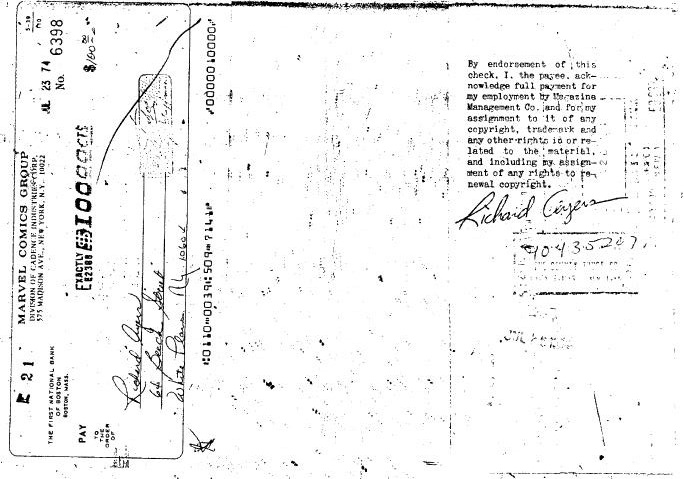The BBC has an examination of the intersection of magic tricks and intellectual property laws.
Magic has a long history of magicians both protecting their methods and ripping off the illusions and methods they can figure out.
There have been some pretty brazen examples in the past – perhaps none more so than the case involving the world-famous US magician Harry Kellar at the end of the 19th Century. He was so keen to work out how British magician John Nevil Maskelyne was doing his levitations, that he went to the show several times – armed with binoculars.
When that failed, he marched right up to stage at the key moment to take a peek. He still couldn’t work it out, and ended up bribing another magician at the theatre to provide him with sketches. Kellar performed this particular act around the world for years afterwards.
The article notes that for a number of reasons, magic tricks fall outside of most intellectual property laws. The obvious possibility is that how an illusion is created is a sort of trade secret, but in most countries it is incumbent about a company or individual to prevent a trade secret from becoming widely known which, the BBC notes, is a bit difficult for magicians giving regular public performances.
Magicians could seek–and a few have obtained–patents on their inventions, but of course the problem there is that the mechanism of the invention has to be published with the patent. The BBC cites on magician who did patent an illusion only to find that the legal costs for protecting the patent from infringers was too high to make this an effective strategy.
According to the BBC article, a Netherlands court found that while magic tricks themselves were not protected, the particulars of a given magician’s stage show potentially were.
In the United States, there is currently a pending lawsuit filed by Raymond Teller, of Penn and Teller, against magician Gerard Dogge. According to a Hollywood Reporter story on the lawsuit,
Teller accuses Dutch entertainer Gerard Dogge of ripping off his copyrighted magic piece called Shadows, putting it on YouTube as an illusion entitled The Rose & Her Shadow, and offering to reveal the secrets for $3,050. The litigation promised to help determine the level of protection that magicians have over their tricks, and to prevail, Teller would need to show that his trick is eligible for copyright protection and that Dogge’s piece is substantially similar. To do that, he’ll first need to perform the hard chore of showing that Shadows is “fixed in a tangible medium of expression from which the work can be performed,” as the U.S. Copyright Office requires.
Unfortunately, it looks unlikely that Dogge will actually show up for the civil trial, meaning the court won’t likely get to rule on the underlying copyright claims.

